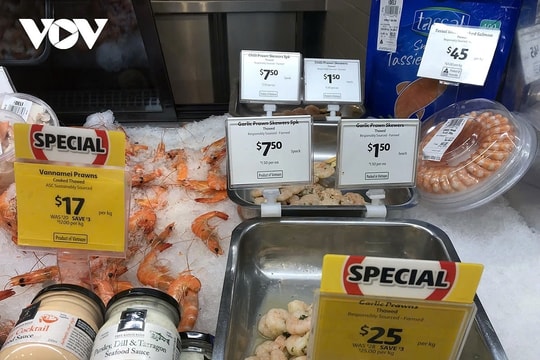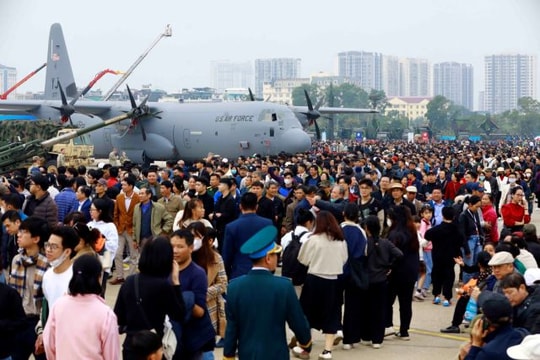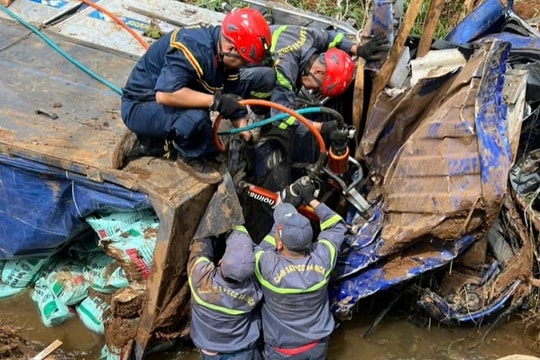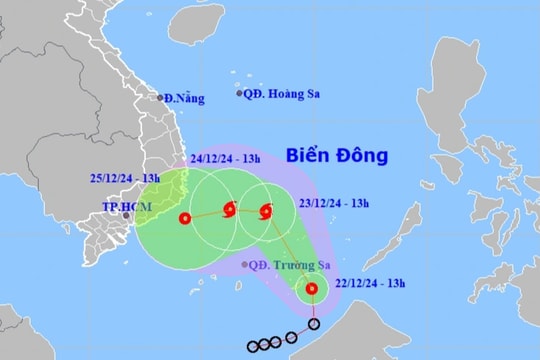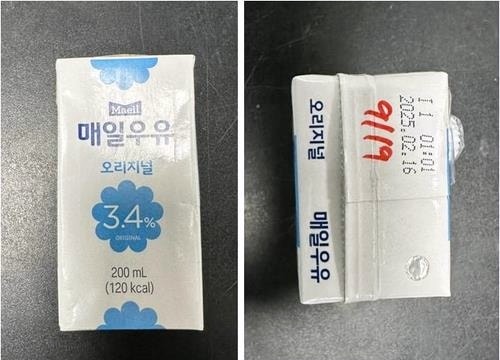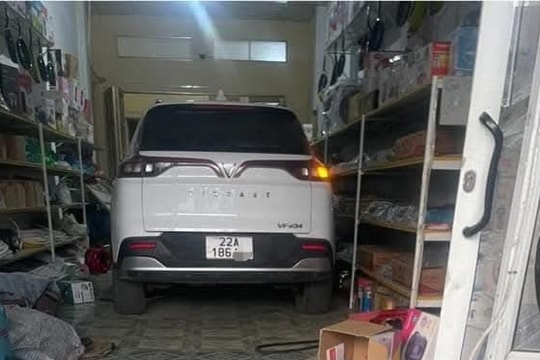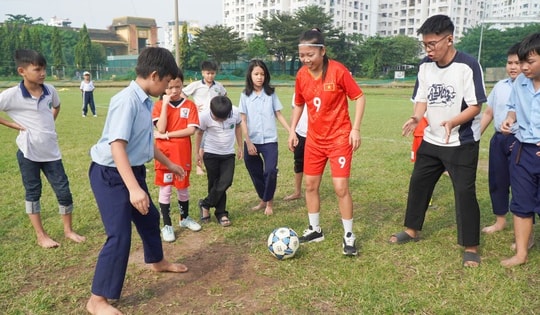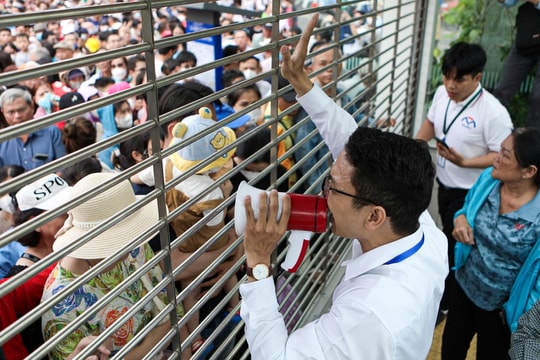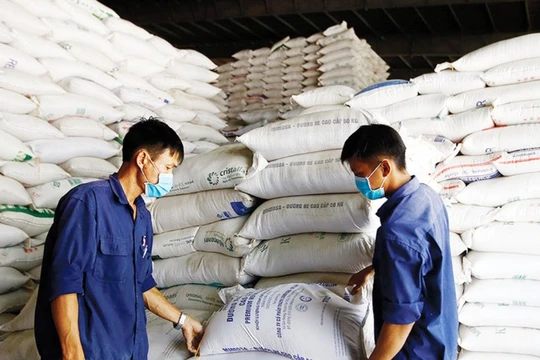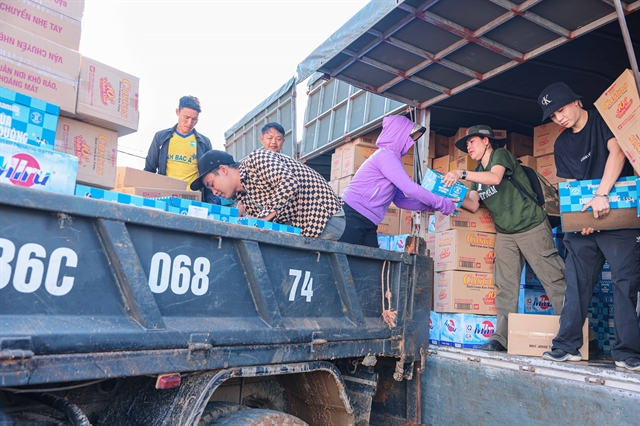 |
| Aid trucks arrive in the hard-hit Bảo Yên District of the mountainous province of Lào Cai. — VNA/VNS Photo |
HÀ NỘI — Relief efforts for people affected by Typhoon Yagi are underway nationwide, but mismatches between the aid and actual needs have been reported in some areas.
One such unsuitable donation of aid was seen in Xuân Hòa Commune, Bảo Yên District, in the mountainous province of Lào Cai.
There, relief teams have provided abundant instant noodles, bread and milk to local people despite their urgent need for salt, toiletries and rice.
The surplus has resulted in significant food waste, as perishable items have spoiled before consumption.
Head of the Social Affairs and Disaster Management Department at the Vietnam Red Cross, Trần Sỹ Pha, cited many relief teams' lack of proper planning as a key factor behind inefficient relief efforts.
"Without a clear understanding of the needs on the ground, well-intentioned efforts can miss the mark," said Pha.
He also emphasised that road conditions could impact the equitable distribution of relief goods. Areas with well-maintained roads often received more aid due to easier accessibility, whereas remote regions with poor infrastructure slipped through the cracks.
He recommended relief teams consult official channels, such as the Vietnam Fatherland Front (VFF) and the Vietnam Red Cross, to ensure effective and targeted aid delivery to affected areas.
Đặng Công Quang, a VFF official in the flood-hit Hòa Phong Commune, Hòa Vang District, Đà Nẵng City, highlighted that while all forms of support are beneficial, cash assistance would offer greater flexibility, enabling recipients to buy goods that meet their specific needs.
He pointed out the diverse needs of affected families in Hòa Phong, ranging from necessities like dishes and clothing to larger items such as appliances and construction materials.
A social welfare policy official at the Ministry of Labour, Invalids and Social Affairs, Nguyễn Trung Thành, called for better coordination between relief teams to prevent situations where communities are overwhelmed with unnecessary supplies.
He highlighted a case where a small village was inundated with an excessive amount of chưng cakes, far exceeding the community's needs and resulting in significant food waste.
The Vietnam Food Administration recommended relief teams prioritise providing non-perishable food items and nutritional supplements to support children and the elderly in flood-hit areas.
The Vietnam National Volunteer Centre and the Emergency Rescue Information Network have established a centralised hotline, 18006132, to streamline relief efforts and minimise waste.
With the help of 200 dedicated volunteers, this toll-free hotline can receive and process relief requests around the clock, ensuring that aid reaches those in need.
A free 30-day transportation network for relief supplies has also been set up, thanks to the collaboration of the Vietnam Automobile Transportation Association and various transport companies.
The Directorate for Roads has urged toll stations to waive fees for vehicles transporting aid to facilitate the swift delivery of relief goods.
The State Bank of Vietnam has directed financial institutions to evaluate the losses suffered by their customers due to Typhoon Yagi, aiming to support them with loan restructuring, interest relief and new credit facilities.
In a decisive move to address the devastating impact of Typhoon Yagi, the Government issued Resolution No.143 on September 19, outlining a comprehensive plan to expedite recovery efforts.
The Government has adopted a clear stance: relief measures must be swift, practical and concentrated on the specific needs of the affected population. The Government is committed to a simple and transparent process, ensuring that every resource is used wisely. — VNS





